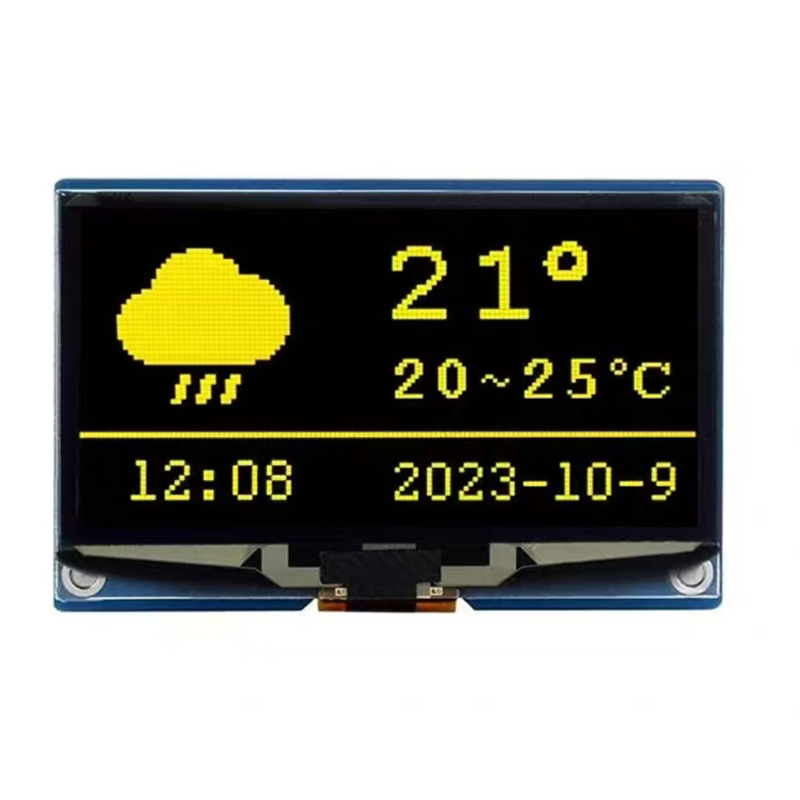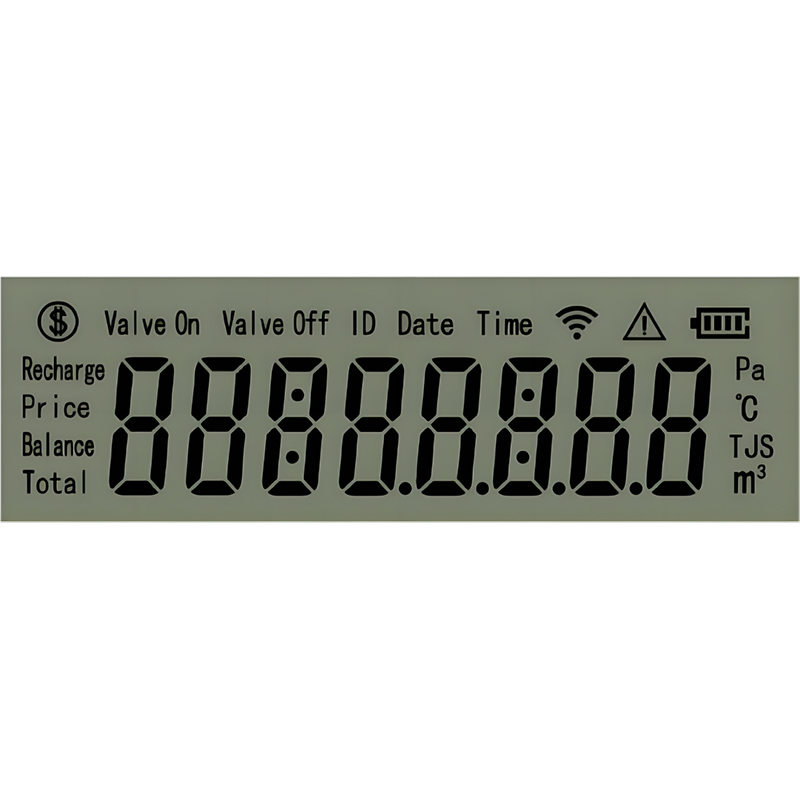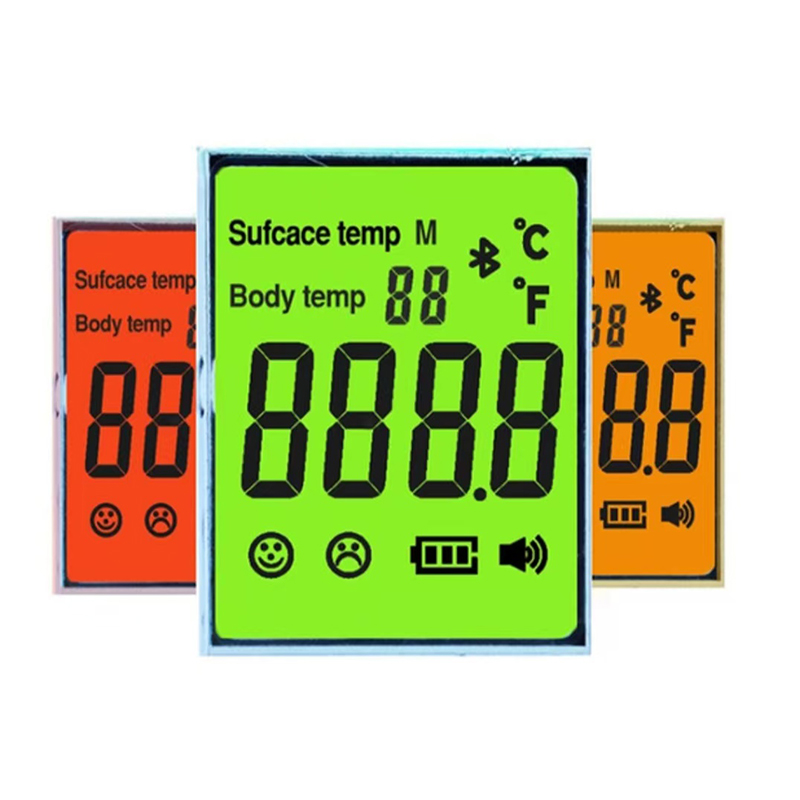
This comprehensive guide will walk you through the process of connecting a Raspberry Pi 1602 LCD I2C Python setup, covering everything from hardware configuration to software implementation. Learn how to display text and customize your display with practical examples and troubleshooting tips. We'll explore different libraries and techniques to help you achieve seamless integration.
First, ensure your Raspberry Pi is properly powered and running a suitable operating system (like Raspberry Pi OS). You'll need to enable I2C communication. This typically involves editing the `/boot/config.txt` file and adding `dtparam=i2c_arm=on` , then rebooting your Raspberry Pi. Verify the I2C bus is working using the `i2cdetect -y 1` command in the terminal. You should see addresses displayed, indicating the I2C bus is functional. If you encounter issues, consult the official Raspberry Pi documentation for detailed troubleshooting.
The 1602 LCD typically connects to the Raspberry Pi via I2C. Carefully examine your 1602 LCD's wiring diagram. It usually requires connecting the following pins: VCC (power), GND (ground), SDA (data), SCL (clock). Commonly, a 10kΩ pull-up resistor is added to the SDA and SCL lines. Make sure you use the correct I2C address (often 0x27 or 0x3F, check your 1602 LCD's specifications). Incorrect wiring can lead to malfunctions, so double-check before powering on. For high quality LCD modules, check out Dalian Eastern Display Co., Ltd. They offer a wide range of displays.
To interact with the 1602 LCD from your Raspberry Pi, you'll need a Python library like RPi.GPIO and a suitable LCD library like `smbus`. Install them using pip: `pip3 install RPi.GPIO smbus2` . Remember that `smbus2` is preferred over the older `smbus` library. Ensure you have the necessary permissions to access the I2C bus. This might involve adding your user to the `i2c` group and logging out and back in.
The following Python code provides a basic example of displaying text on the Raspberry Pi 1602 LCD I2C Python setup. Remember to adjust the I2C address if needed. This example utilizes the `smbus2` library:
import smbus2import time# I2C address of the LCD (check your LCD's specifications)I2C_ADDRESS = 0x27# Define LCD commandsLCD_CLEARDISPLAY = 0x01LCD_RETURNHOME = 0x02LCD_ENTRYMODESET = 0x04LCD_DISPLAYCONTROL = 0x08LCD_CURSORSHIFT = 0x10LCD_FUNCTIONSET = 0x20LCD_SETCGRAMADDR = 0x40LCD_SETDDRAMADDR = 0x80# Initialize I2C busbus = smbus2.SMBus(1)# ... (Rest of the code to initialize LCD and write text. This would include functions to send commands and data to the LCD via I2C) ...# Example to write text to the LCD:try: bus.write_byte_data(I2C_ADDRESS, 0x80, ord('H')) bus.write_byte_data(I2C_ADDRESS, 0x81, ord('e')) bus.write_byte_data(I2C_ADDRESS, 0x82, ord('l')) bus.write_byte_data(I2C_ADDRESS, 0x83, ord('l')) bus.write_byte_data(I2C_ADDRESS, 0x84, ord('o')) bus.write_byte_data(I2C_ADDRESS, 0x85, ord(' ')) bus.write_byte_data(I2C_ADDRESS, 0x86, ord('W')) bus.write_byte_data(I2C_ADDRESS, 0x87, ord('o')) bus.write_byte_data(I2C_ADDRESS, 0x88, ord('r')) bus.write_byte_data(I2C_ADDRESS, 0x89, ord('l')) bus.write_byte_data(I2C_ADDRESS, 0x8A, ord('d')) bus.write_byte_data(I2C_ADDRESS, 0x8B, ord('!')) time.sleep(2)except Exception as e: print(fAn error occurred: {e})finally: #Clean up the connection if needed passIf you encounter problems, double-check your wiring, I2C address, and ensure the I2C bus is enabled on your Raspberry Pi. Refer to the library documentation for troubleshooting tips. Common problems include incorrect I2C address, power supply issues, and faulty wiring. If you’re having trouble finding compatible parts or components, refer back to the quality LCD modules offered by Dalian Eastern Display Co., Ltd.
This guide provides a foundation for working with a Raspberry Pi 1602 LCD I2C Python setup. You can extend this by exploring more advanced features like custom characters, scrolling text, and integrating sensors to display real-time data. Remember to consult the documentation for your specific 1602 LCD and libraries for detailed information and more advanced functionalities.












